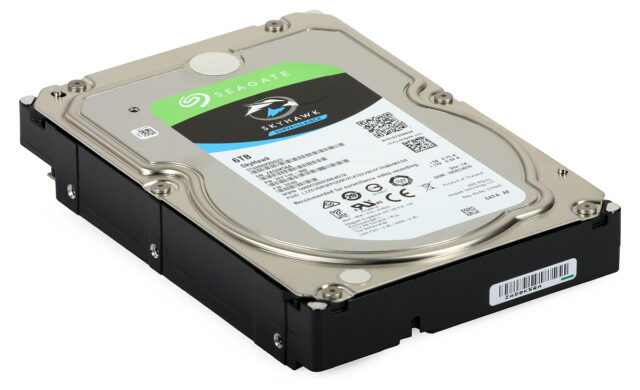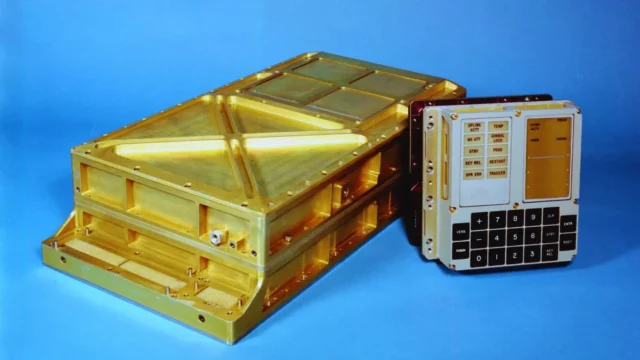In 2025, building your own gaming PC is more exciting—and more strategic—than ever. It’s not just about chasing the most powerful components or the flashiest cases anymore. The goal now is to strike a smart balance: you want a rig that’s powerful today, and still relevant a few years down the road. This guide is here to help you do just that.
We’ll break down every essential component, explain what to look for, and give you practical advice to build a PC that will stand the test of time. Plus, we’ll explore user scenarios, build planning tips, real-world examples, and future trends that could shape your next upgrade.
Understanding what “future-proof” means
Let’s be clear: no PC will remain top-of-the-line forever. “Future-proofing” isn’t about eternal dominance—it’s about smart planning. The idea is to build a system that won’t feel outdated after just a year or two and that can handle new games and software features with ease.Here’s what future-proofing really means:
- Upgradability: Your PC should be easy to enhance over time. Swap in a new GPU, add more RAM, or upgrade to a faster SSD when the time comes.
- Performance headroom: You want parts that aren’t just good today, but have enough extra power to handle tomorrow’s demands.
- Compatibility: Make sure the parts you choose support the latest standards—and the next ones coming.
User profiles: gamers, streamers, and creators
When planning a future-proof PC, consider your usage scenario:
- Casual gamer: Plays mostly esports titles or lighter games; a mid-tier GPU and CPU will suffice.
- Hardcore gamer: Demands top-tier graphics and frame rates; needs a high-end GPU, fast CPU, and ample cooling.
- Streamer/content creator: Requires strong multi-core performance, plenty of RAM, and high storage capacity.
Future-proofing means anticipating not just your current needs, but also the things you might get into later.
Choosing the right CPU: longevity starts here
Your processor drives everything from gaming performance to streaming and content creation. Pick wisely, and it can carry you through multiple GPU upgrades.
Strong picks for 2025:
- Intel: Core i7-14700K or i9-14900K
- AMD: Ryzen 7 7800X3D or Ryzen 9 7950X
These chips offer excellent performance in both games and multitasking, and they support cutting-edge tech like DDR5 RAM and PCIe 5.0.
Quick tips:
- Skip low-end CPUs—they’ll bottleneck you sooner than you think.
- If you like tinkering, go for an unlocked processor you can overclock.
Considerations for future upgrades:
- Does your CPU socket have a roadmap for future support?
- Will your cooler be compatible with next-gen CPUs?
Motherboard: the backbone of upgradability
Think of your motherboard as your PC’s foundation. A solid one gives you flexibility for upgrades down the road.
What to look for:
- Latest chipsets (Z790 for Intel, X670E for AMD)
- DDR5 and PCIe 5.0 support
- Plenty of USB ports, including USB-C
- Multiple M.2 slots for fast SSDs
- Onboard Wi-Fi 6E or Wi-Fi 7
Bonus features:
- BIOS Flashback and Q-Flash for easy updates
- Reinforced PCIe slots for heavy GPUs
- Debug LEDs and onboard buttons for troubleshooting
GPU: the gaming workhorse
For gaming, the graphics card is king. And future-proofing here matters—a lot. Games get more demanding every year.
Top choices right now:
- NVIDIA: RTX 4080 Super, RTX 4090
- AMD: Radeon RX 7900 XTX, 7950 XT
These cards can handle 1440p and 4K gaming with ease, and offer tech like ray tracing, AI upscaling (DLSS or FSR), and AV1 encoding for streamers.
Smart advice:
- Look for at least 16GB of VRAM.
- Make sure your case and power supply can handle your GPU’s size and power needs.
- Plan for the future with multi-monitor or ultrawide support.
- Keep an eye on power draw and thermal output.
Memory (RAM): go DDR5 or go home
DDR5 is here to stay, and it’s time to get onboard. It offers faster speeds and better power efficiency than DDR4.
How much do you need?
- Minimum: 32GB DDR5 at 6000MHz
- Ideal: 64GB DDR5 if you stream, edit video, or multitask heavily
Look for kits with tight latency and good build quality.
Overclocking RAM:
Some motherboards support Intel XMP or AMD EXPO profiles—easy ways to boost performance.
Storage: speed and capacity
Nobody likes long load times. Today’s games demand faster drives and more storage.
Setup suggestions:
- A blazing-fast PCIe 4.0 or 5.0 NVMe SSD for your OS and games
- An additional SSD (or even HDD) for bulk storage
Good SSDs offer DRAM cache and high endurance ratings—great for long-term use.
Gaming tip:
DirectStorage requires a fast NVMe SSD—this boosts loading times in supported titles.
Power supply (PSU): efficient and reliable
Your PSU powers everything, so don’t cheap out. A quality unit protects your gear and prepares you for future upgrades.
Choose wisely:
- 850W to 1000W, 80+ Gold or better
- Fully modular cables make builds cleaner
- Look for ATX 3.0 support—it’s the new standard
Redundancy and safety:
- Surge protection, OVP, SCP, and OPP are important
- Invest in a trusted brand with a long warranty (7–10 years)
PC case: airflow, expansion, and aesthetics
Cases are more than just looks. A good one keeps your system cool and easy to upgrade.
Must-haves:
- Space for big GPUs and AIO coolers
- Great airflow with mesh panels or optimized paths
- Tool-less bays and cable routing options
- Front USB-C support
Tempered glass is nice, but make sure airflow isn’t sacrificed for style.
Future consideration:
- Look for vertical GPU mount support
- Ensure space for potential custom water-cooling setups
Cooling: don’t skimp here
Overheating is the enemy of longevity. Whether air or liquid, choose effective cooling.
Options:
- Premium air coolers (Noctua NH-D15)
- 280mm or 360mm AIO liquid coolers
Use good thermal paste and keep an eye on temps with reliable monitoring tools.
Fan control:
Use PWM-controlled fans and motherboard fan headers to manage noise and performance.
Monitor and peripherals: complete the experience
Great hardware needs a great display and input devices. In 2025, don’t settle for less.
For the monitor:
- 1440p at 165Hz or 4K at 144Hz
- G-Sync or FreeSync support
- DisplayHDR 600 or better
For peripherals:
- Mechanical keyboard with hot-swappable switches
- Ergonomic gaming mouse
- Quality headphones or speakers, maybe paired with a DAC
Comfortable furniture matters too. You’ll feel the difference.
Operating system and software
Windows 11 is the norm now, but keep an eye on Windows 12. It’s expected to roll out soon.
Stay updated:
- Install all latest drivers
- Use BIOS updates to ensure compatibility
- Optimize settings with tools like GeForce Experience or AMD Adrenalin
- Use system backup tools for peace of mind
Building tips for longevity
- Use quality thermal paste
- Keep your cables tidy for better airflow
- Dust your system every few months
- Protect your setup with a surge protector or UPS
- Keep a log of your component purchases and warranties
Future trends to watch
Tech moves fast. Keep these trends on your radar:
- PCIe 6.0 is on the horizon
- DirectStorage means games will load even faster
- Wi-Fi 7 and Bluetooth 5.4 are becoming the norm
- AI-assisted rendering is gaining ground
- Chiplet-based GPUs may reshape the market
- ARM-based desktop CPUs are making strides
Sample build: balanced and future-ready
| Component | Model suggestion |
|---|---|
| CPU | AMD Ryzen 7 7800X3D |
| GPU | NVIDIA RTX 4080 Super |
| Motherboard | X670E chipset, DDR5, PCIe 5.0 |
| RAM | 32GB DDR5 6400MHz |
| SSD | 2TB PCIe 4.0 NVMe |
| PSU | 1000W 80+ Gold |
| Case | Mid-tower with airflow focus |
| Cooler | 360mm AIO liquid cooler |
| Monitor | 1440p 165Hz, DisplayHDR 600 |
| OS | Windows 11 Pro, ready for 12 |
Building a future-proof gaming PC in 2025 doesn’t mean buying the most expensive parts—it means choosing the right ones. If you make smart, informed decisions now, your build can handle the games of today and tomorrow without breaking a sweat.
Image(s) used in this article are either AI-generated or sourced from royalty-free platforms like Pixabay or Pexels.
Did you enjoy this article? Buy me a coffee!






